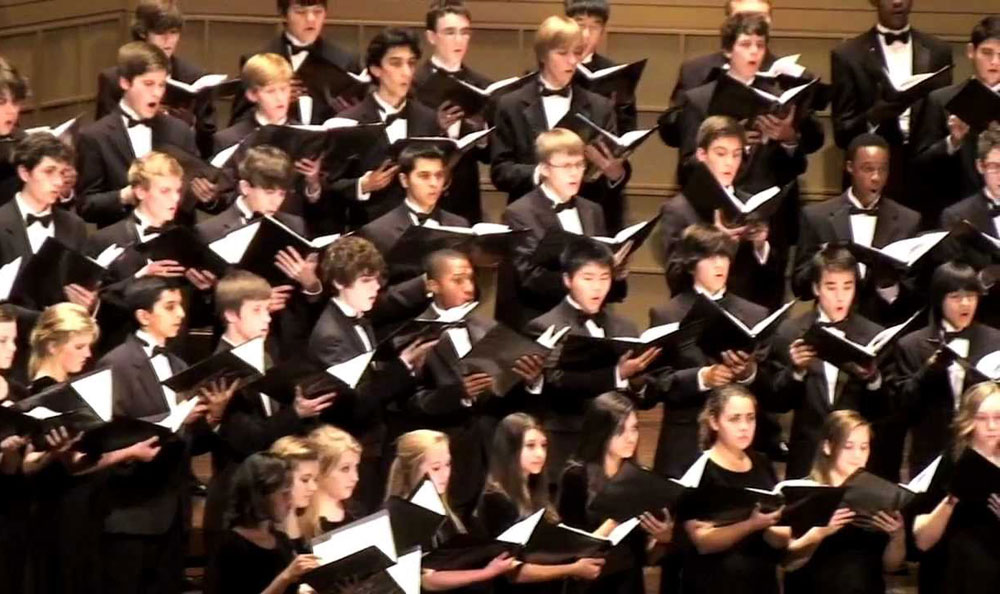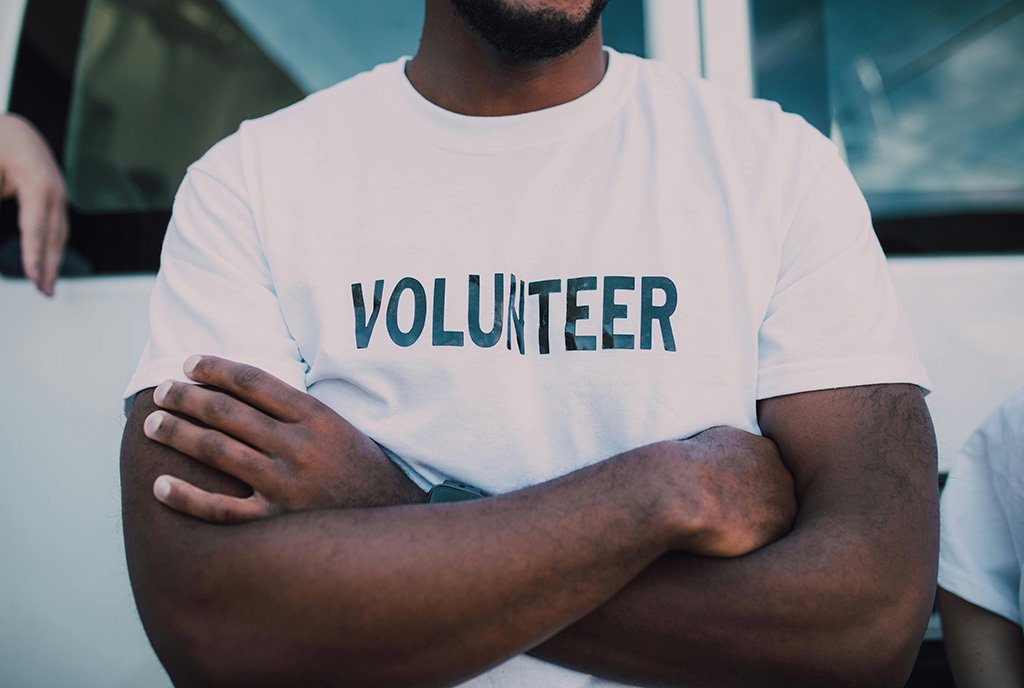
September 21, 2020; Youth Today
Prior to the onset of the COVID-19 pandemic, the arts and culture sector accounted for nearly five percent of gross domestic product in the US (about $878 billion). Despite this, many arts and cultural organizations, especially nonprofits, struggled to stay afloat even before the pandemic brought on further economic hardship. But some arts nonprofits seem to have cracked the code of how to make it in the modern era. The key? According to a recent report by the Wallace Foundation, it’s for organizations to integrate with their local communities in a way that builds loyalty and ensures financial security, giving organizations the stability they need to change with the times.
Due in large part to the internet, especially social media, the arts are now seen as both a luxury and something that should be available for free. The availability of images and performances online has made it such that anyone can access art without ever stepping foot in a museum or concert hall. At the same time, the price of owning renowned works of art is something available only to the very wealthy (see Maurizio Cattelan’s controversial piece Comedian and the conversation it sparked).
This dichotomy can create quite the financial conundrum for organizations looking to sell arts experiences and fulfill their mission statements. Should they market themselves to the elite, who can give large individual donations and provide connections to even wealthier foundations? Or will the power of the people and their small but mighty dollars be enough to keep the arts and culture sector going?
Convening Community
According the Wallace Foundation report, the secret is to create financial stability through offering mission-driven programming that draws in broad swaths of the local community. One success story is the Children’s Chorus of Greater Dallas, who began partnering with local organizations to broaden their audience and make new connections. They invited local groups, including the Dallas Black Dance Theater and local scientists from the University of Texas, to act as entertainment during chorus performance intermissions. These partnerships not only created a sense of trust and loyalty between the chorus and the partner organizations, they also exposed new people to the chorus and invited them to take part. This kind of relationship-building is key to audience development—and making sure that your pool of potential constituents is ever-growing is key to organizational survival.
In her book Invitation to the Party, Donna Walker-Kuhne discusses the importance of audience development in organizational growth, particularly with audiences of color. Despite demographic shifts throughout the past century, cultural organizations are still disproportionately led, staffed, and visited by white people.
Even museums located in majority-BIPOC neighborhoods often seem woefully out of touch with their neighboring communities. As a result, the relationship between these organizations and communities of color can range from strained to nonexistent. Walker-Kuhne encourages organizations to combat this friction by reaching out directly to communities located nearby that are not currently showing up to the organization and by inviting community leaders to suggest relevant programming that is reflective of the community.
Sign up for our free newsletters
Subscribe to NPQ's newsletters to have our top stories delivered directly to your inbox.
By signing up, you agree to our privacy policy and terms of use, and to receive messages from NPQ and our partners.
This practice of relationship-building—paired with delivering programming that communities care about and see themselves reflected in—can be a win-win for the organization and its neighbors. Such efforts don’t just generate revenue, they create long-lasting trust that can turn first-time attendees into stakeholders.
Of course, social distancing and other public health measures can put a damper on efforts to grow audiences: the in-person events that many organizations rely on to attract new constituents have been cancelled or severely limited in the interest of safety amidst COVID-19. Luckily, social media and other digital platforms still offer organizations the chance the meet new audience members online.
Many institutions have created free online viewing opportunities of their collections and performances. And though watching a YouTube video is not as intimate as attending a performance in person, the shareable nature of these assets provides the option for virtual audience members to share their affinity for an organization with their own online networks, fostering brand loyalty even as cultural organizations remain closed.
The more casual nature of these digital offerings also means that organizations can be more experimental than they could be with costly in-person events. For example, the Art Students League of Denver (ASLD) has wrestled for years with the desire to offer bilingual English/Spanish programming and the prohibitive risks associated.
So when local celebration Denver Arts Week(end) announced a the option to offer virtual experiences, ASLD saw an opportunity to test the waters in a low-cost way by offering a bilingual video demo of a family-oriented arts activity. The video, which will drop in early November, will be more affordable to produce than a full-blown class; and since it will take place on YouTube, the organization can collect data on interest generated by the demo and us it to decide the feasibility of and demand for more bilingual offerings down the road.
Looking Ahead: Embracing Community and Funding the Future
Nonprofit cultural organizations were already nearing a crossroads when the pandemic hit: to stay the course of old money and cultural monopoly, or to embrace the vibrant communities that give life to their work. While COVID-19 has forced some organizations to close their doors for good, those that have been able to persevere have done so by recognizing the role that community plays in keeping their work alive and leaning into these partnerships.
The hopeful news for these organizations is that funders are beginning to appreciate this pivot to community-oriented programming and award grants to projects that make connections between organizations and their communities, especially underserved populations. Arts and culture organizations that can learn to grow their audiences and leverage these connections into long-term financial stability may learn that a successful pivot is often one that turns toward their neighbors.—Tessa Crisman











